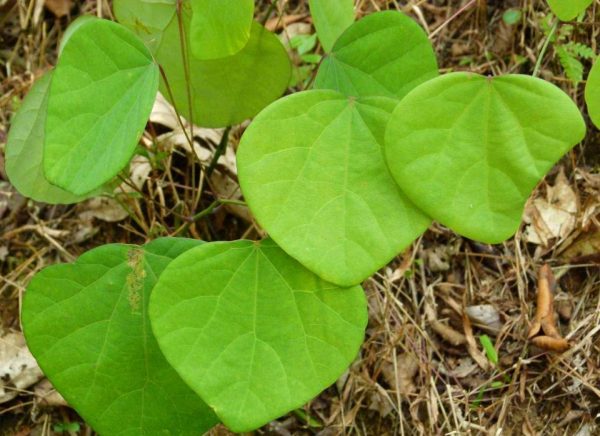The main action of Ingudi Balanites aegyptiaca are Kapha – Vata hara (kapha vata predominant diseases), Krimighna (deworming), Kusthaghna (cures skin ailments).
- Botanical Name of Ingudi is Balanites aegyptiaca.
- Family name of Ingudi is Zygophyllaceae or Balanitaceae (see wiki)
It is an important tree having seed oil with excellent therapeutic utility in kushta. Though modern research now reported it as anaesthetic, emethic, antehelmentic etc.
The compilations covers various aspects of the above drug namely literary view, synonyms, vernacular names, systemic classification, controversial verities, genus and vargas, habit & distribution, morphology, microscopic, macroscopic characters, chemical studies properties, action, uses, formulations and clinical reference.
Sanskrit Synonyms
In Ayurveda, many synonyms of Ingudi Balanites aegyptiaca plant has been described in Sanskrit. Few of them are listed below –
- Inguda : Difficulty in movements
- Angara vriksha : Tree has sharp spines
- Anilantaka : Seeds yields oil which is useful in Vata disorders.
- Kroshtu phala : Grows wild
- Tapasa druma : Known as hermits tree as it used by them in many way.
- Tikshna kanta : Tree has sharp spines.
- Tikta majja : Bears fruit with bitter pulp.
- Taila phala : Seeds yield oil
- Pooti gandha : Having disagreeable smell.
- Bhallakah : Tree has sharp spines.
Classical Categorization
In Ayurvedic classics, plants have been categorized under Varga and Gana. Like wise Ingudi Balanites aegyptiaca comes under –
- According to Charaka Samhita – Phala varga
- According to Bhavaprakasha Nighantu – Vatadi Varga
- According to Priya Nighantu – Haritakyadi Varga
- According to Kaiyadeva Nighantu – Aushadi Varga
- According to Raja Nighantu – Shalmayadi Vraga
- According to Madanapala Nighantu – Vatadi Vraga
- According to Shodhala Nighantu – Amradi Varga
Vernacular Names
Ingudi Balanites aegyptiaca is known by different names in different languages.
- English – Desert date
- Gujarati – Egorea, Hinger, Hngoriyum, Igorea
- Hindi – Hingot, hingan, Ingua.
- Malayalam – Nanjunta
- Marathi – Hingam, Hngane
- Tamil – Nanjundan, Toruvather
- Telugu – Gara, Ingudi, Ringri
Systemic Classification
- Kingdom – Plantea
- Phylum – Magnoliophyta
- Class – Magnoliatea or Dicolyledons
- Subclass – Rosidae
- Order – Geraniales
- Family – Balanitaceae
- Genus – Balanitis
- Species – aeyptiaca
Useful Parts
Following parts of Ingudi Balanites aegyptiaca are used as medicine –
- Twak (Bark)
- Phala Majja (Fruit pulp)
- Beeja (Seeds)
- Beeja Taila (Seed Oil)
Ayurvedic Properties
In Ayurveda, properties of every plants / drug is described by Rasa, Guna, Veerya, Vipaka and doshaghnata. Have a look below to know about Ayurvedic properties of Ingudi Balanites aegyptiaca.
- Rasa – Tikta, Katu
- Guna – Laghu, Snigdha
- Virya – Ushna
- Vipaka – Katu
- Doshaghnata – Kapha Vata hara, Rasayana
Indications & Uses of Ingudi balanites aegyptiaca
Ingudi Balanites aegyptiaca is used externally and internally.
External Uses
- Agnidagdha (Fire burn case)
- Vrana (wounds)
- Siroroga (diseases of head)
- Kesa vikara (hair problems)
- Dusta vrana (non healing wounds)
- Visha – musika damsa (poison – rat bite)
Internal Uses
- Krimi roga (worm infestation)
- Vibandha (constipation)
- Agnimandya (loss of appetite)
- Udara shula (abdominal pain)
- Rakta vikara (diseases related to blood)
- Jeerna kasa (chronic cough)
- Shvasa (asthma and bronchitis)
- Mutra krichchha (dysuria)
- Shvitra (leucoderma)
- Charma roga – vyanga (skin diseases like blemishes, melasma and hyper pigmentation)
- Visha (poison)
- Shoola (Abdominal colic)
- Kustha (skin diseases)
- Musika visha (rat bite poison)
Dosage
- Decoction – 50 – 100 ml
- Powder – 3 – 6 gm
- Seed oil – 5 – 10 drops
- Fruit pulp – 500 – 1000 mg
- Seed powder – 500 – 1000 mg
Pharmaceutical Preparation
Many Ayurvedic medicines are prepared from Ingudi Balanites aegyptiaca. A few are listed below –
- Ingudi taila
Photographs of Ingudi Balanites aegyptiaca
(Click on image to zoom)



(image source – theferns.info)

(image source – google image)



